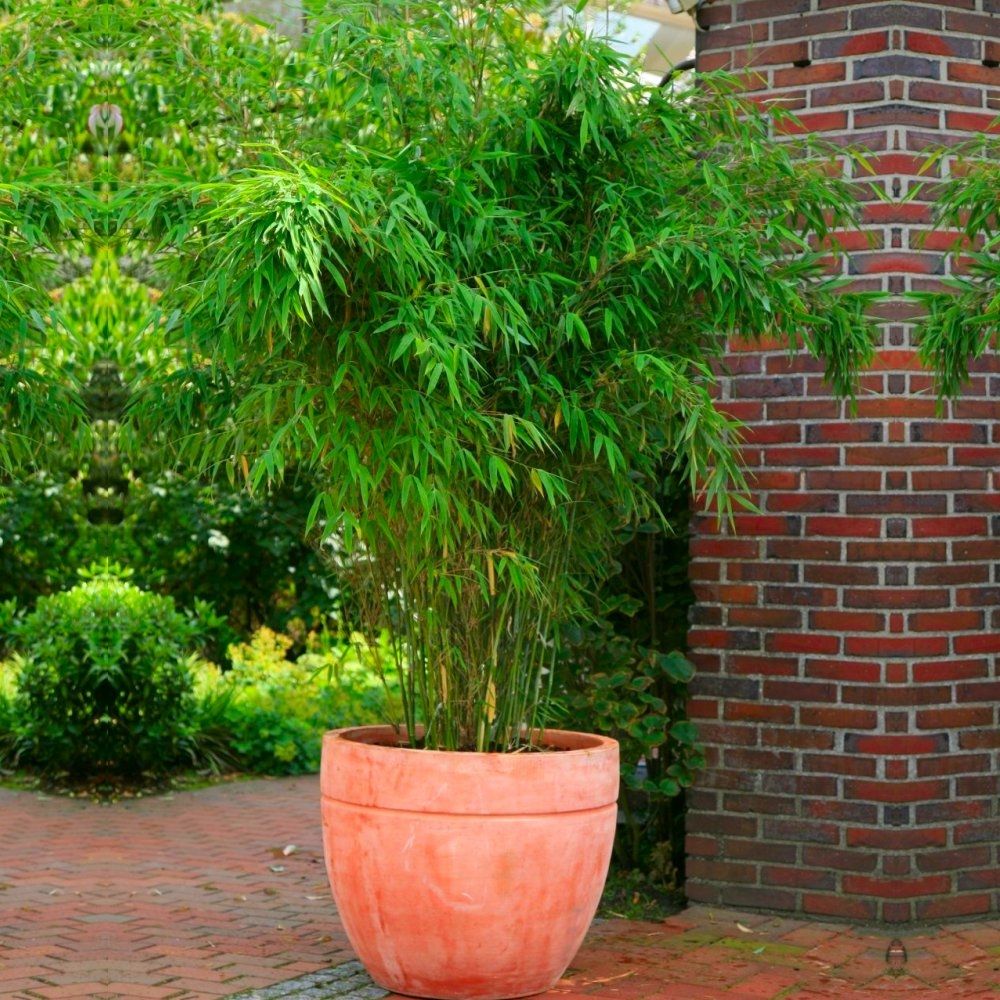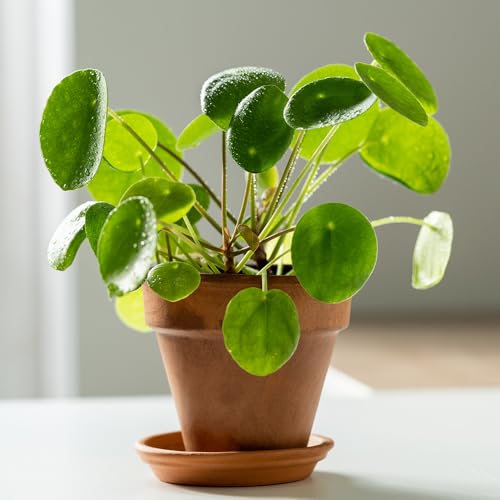3 ways to use plants to Feng Shui your patio for calming outdoor space - and the blooms the experts swear by to achieve this
Want your patio to feel like a calming space? Then you need to know how to apply Feng Shui to your plants
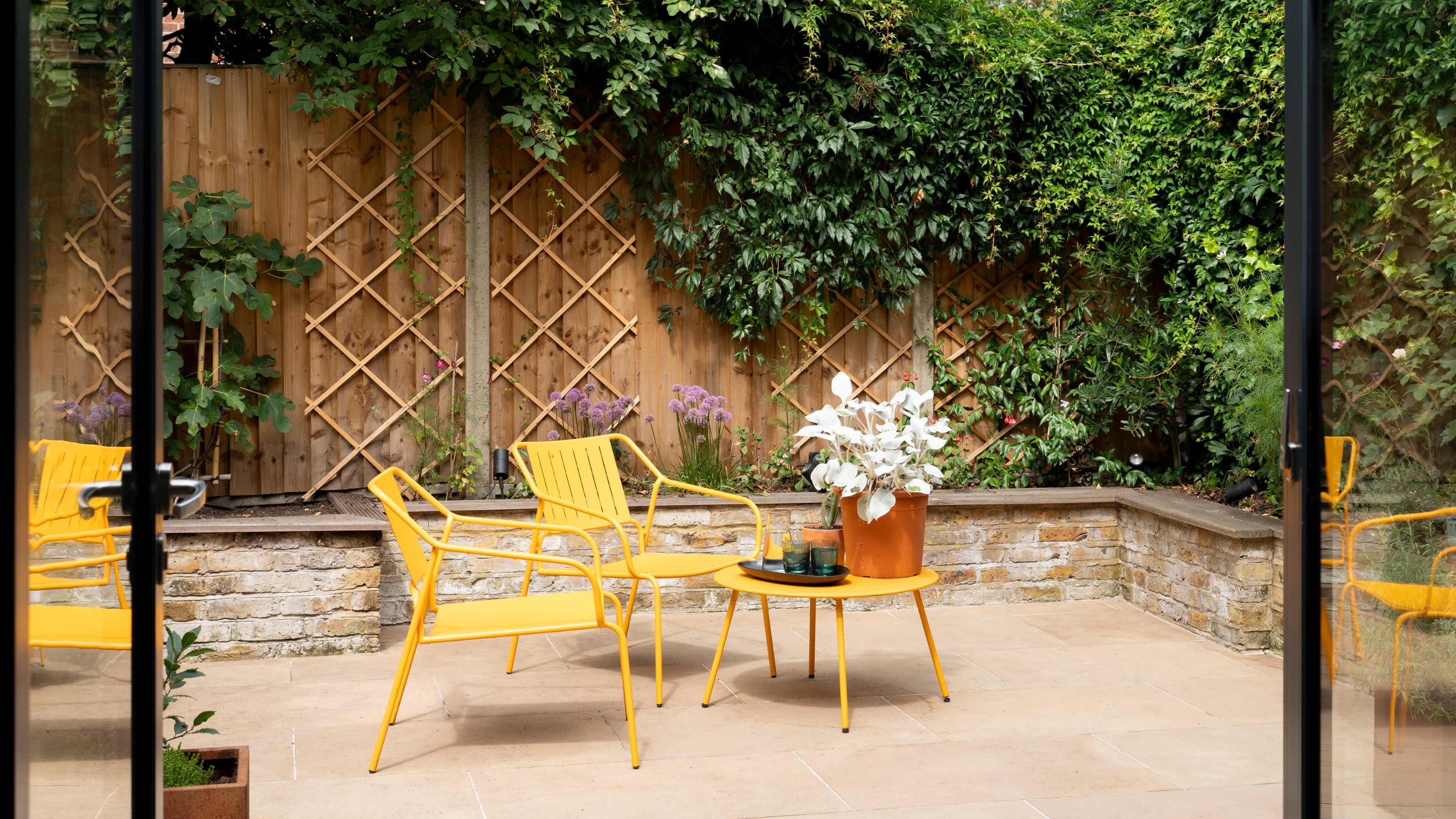

I’m sure you’re already well aware of the practice of using Feng Shui in your home, but have you thought about applying the same practice to the plants on your patio? Experts have revealed the three Feng Shui principles you should add to your patio to improve its flow, balance and harmony.
There are several ways to Feng Shui a garden, but if you are focusing purely on a patio or only have a small courtyard garden, there are Feng Shui principles you can apply to your potted plants and container garden ideas.
‘When used in the garden, feng shui involves arranging features that suit your energy or life force. Plants are central to this concept, as they are believed to bring positive energy to any space,’ says David Fryer, head of technical at Mr Fothergill’s.
‘Even if you only have a patio or are limited to growing plants in pots and containers, you can still incorporate feng shui principles by carefully choosing your plants and considering how to set them out.’
1. Pick your plants carefully
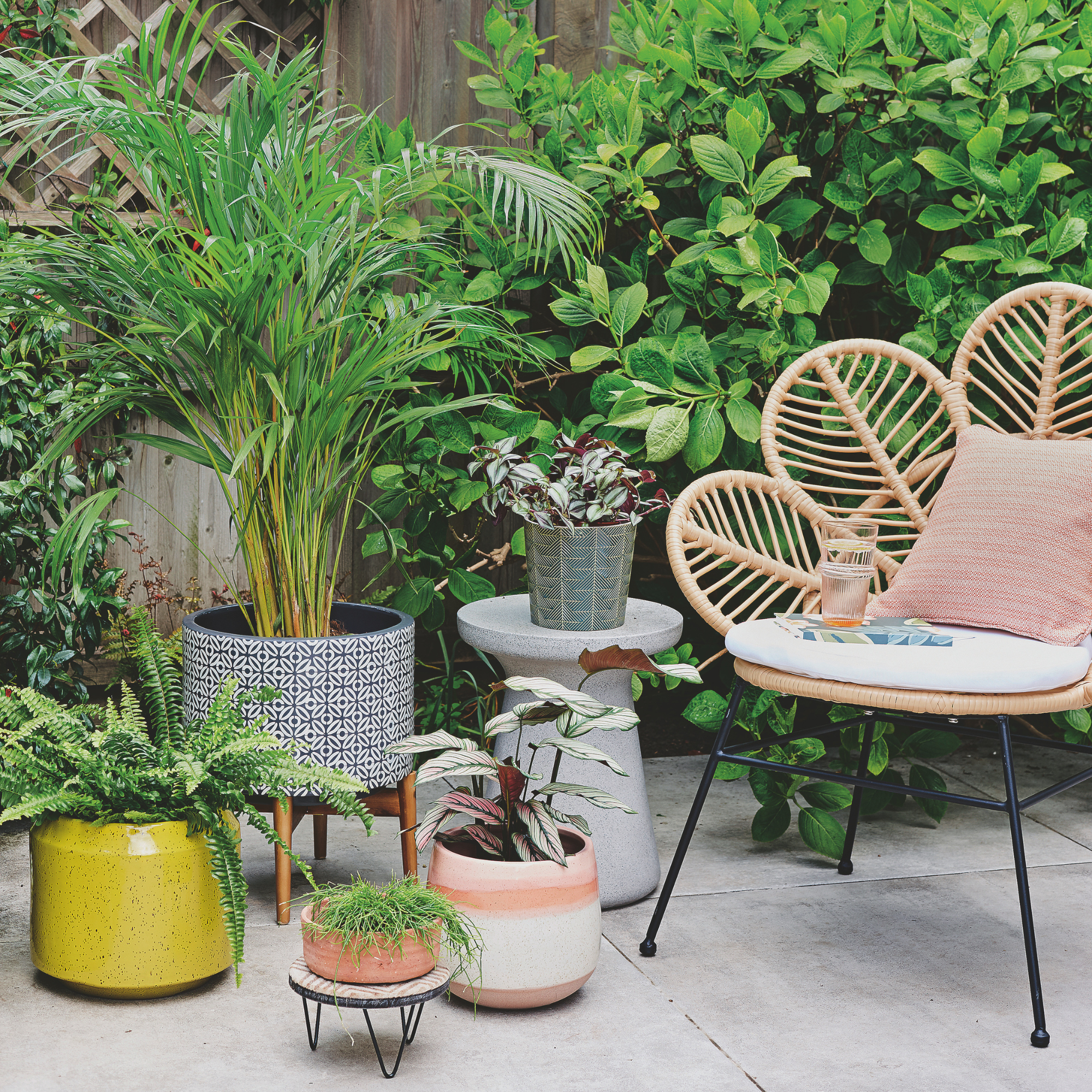
The first thing you want to ensure is that you have chosen something that can boost positivity, balance and energy. Houseplants known to bring luck have been a welcome Feng Shui principle in the interiors world for some time, and this can apply to your patio, too.
‘Feng Shui principles advocate for plants that promote positivity. Bamboo, jasmine, lavender, and holy basil are top picks for good fortune and their perceived air purification benefits. Snake plants, peace lilies, and money plants are also considered to have energy-cleansing properties. Be mindful to avoid thorny or dried-out plants, which are said to stagnate energy,’ says Adam Oldfield, director at outdoor living specialists StovesAreUs.
You should also consider the shape of your plants to give your patio a better flow.
Get the Ideal Home Newsletter
Sign up to our newsletter for style and decor inspiration, house makeovers, project advice and more.
‘When selecting plants, avoid those with sharp edges. Instead, choose varieties with soft, rounded leaves, which are more in keeping with flowing feng shui principles,’ says David.

Pick lavendar for good fortune - it's also one of the best scented shrubs.
2. Use the five elements to position your plants
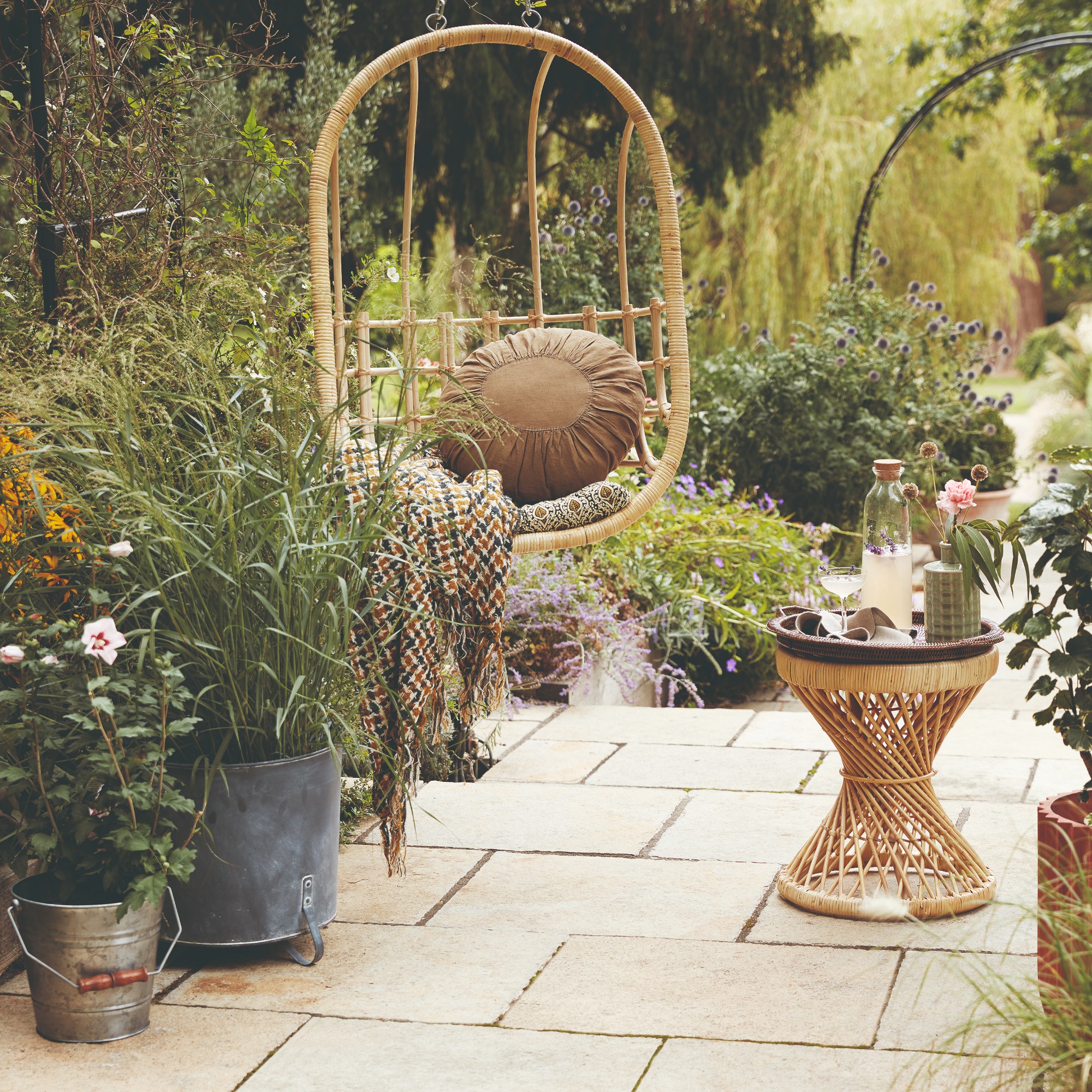
The five elements of Feng Shui are water, metal, earth, wood and fire. You should try to incorporate these elements into your patio space. The good news is that your plants and garden features can define each element.
‘The Feng Shui Bagua map divides a space into nine zones, each representing aspects of life such as health, love, and prosperity, as well as one of the five elements,’ says Adam.
He explains that the north of your patio represents the water element and is the best spot to plant flowers and trees. The North East represent Earth and should be filled with plenty of greenery.
East is wood, and you should: ‘Incorporate lots of wooden elements like wooden furniture and trees. Bamboo, orange trees, and plum trees are popular in Feng Shui. Herbs are also good here for vitality and healing,’ says Adam.
Finally, south symbolises fire, and here you should use vibrant colours such as bright red flowers. It’s also the best place for large trees if you have the space, especially along the walls.
3. Consider colour
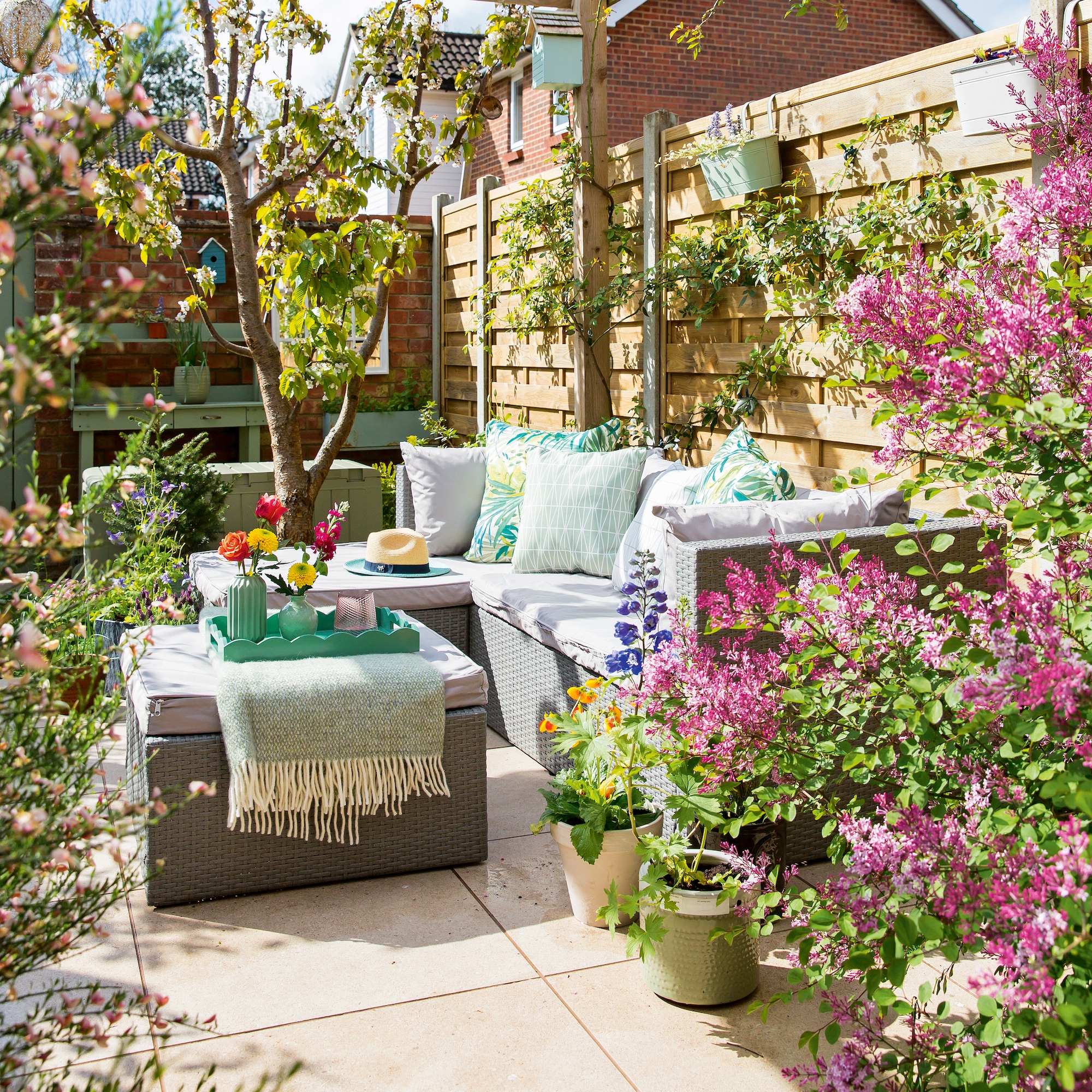
The final thing you should do is consider the colour of your plants, and how they apply to the five elements and the atmosphere you want to achieve.
David explains that water is represented by blues and purples, metal is distinguished by plants with white flowers and silver foliage. Earth plants should be subtle, scented and calming colours, wood should be plants with lots of brown and green shades, and finally, fire is characterised by vibrant red, orange and yellow.
‘By being selective with your plants and furniture, you can transform the mood of each space. For example, to create a calming, peaceful environment, use cool colours like blue and lavender. For an energising social space, opt for warmer tones like red, orange, and yellow. If you want to create a dreamy, romantic look, stick to shades of pink, purple, and white,’ says Adam.
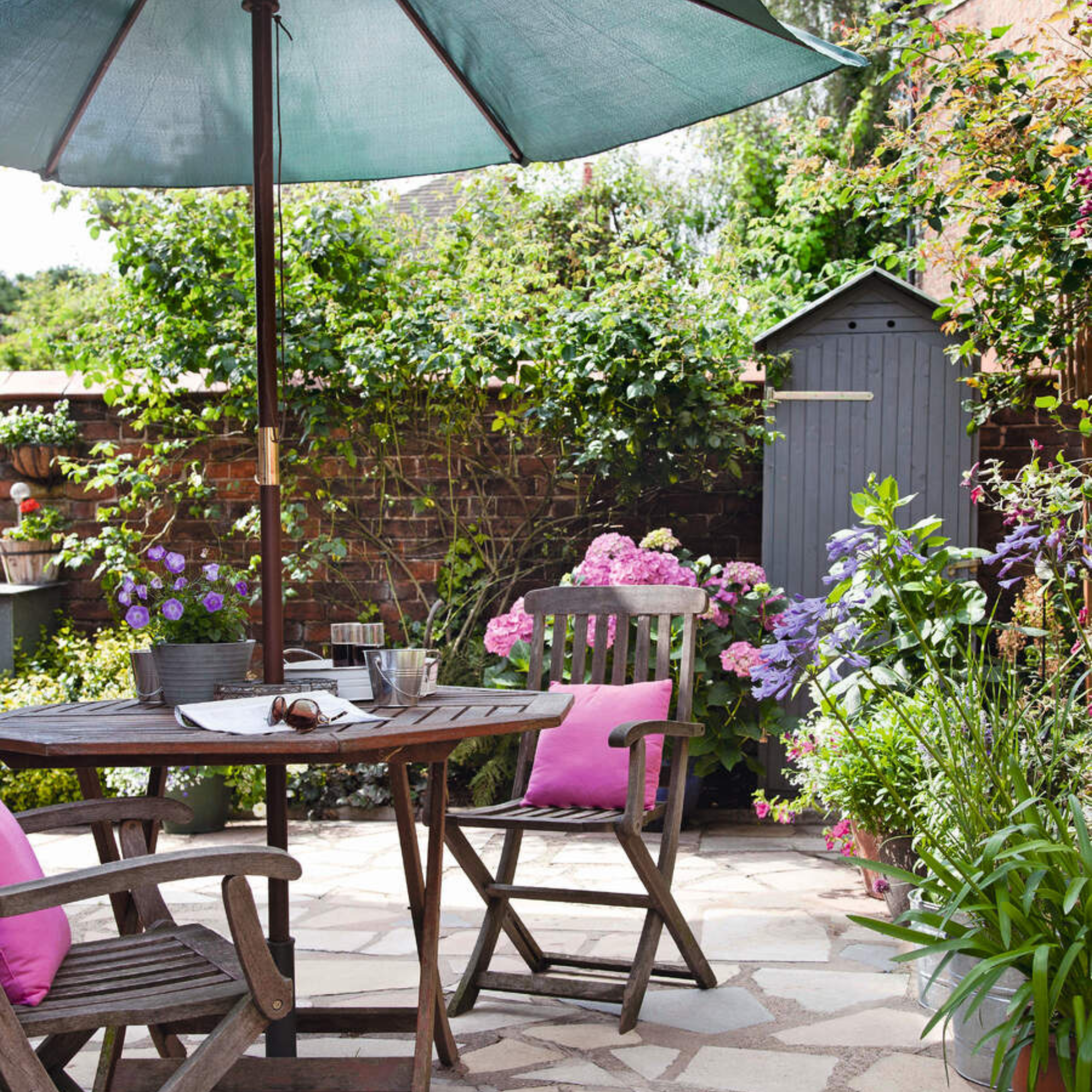
Water plants
- Lavender 'Hidcote' (£3.99 at Gardening Express): An aromatic perennial with purple flower spikes; ideal for pots and excellent for pollinators.
- Delphinium 'Aurora' (£5.48 at Mr Fothergill's): A tall perennial that offers beautiful spikes of double flowers in various shades of blue and purple throughout the summer.
- Pansy Matrix Mix Ocean Breeze (£12.99 at B&Q): An annual bursting with large blue and purple blooms that flower from autumn through spring.
Metal plants
- Azalea 'Adonis' (£5.99 at Gardening Express): An evergreen with bold early-season white flowers; significant for container growing.
- Begonia' Illuminations White' (£9.99 at J. Parker's): A trailing plant perfect for hanging baskets or pots.
- Senecio 'Angel Wings' (£16 at Roots Plants): Known for its soft, velvety silver leaves, which thrive in a sunny container spot.
Earth plants
- Jasmine 'Clotted Cream' (£26.95 at Sarah Raven): A compact plant with beautifully scented cream-coloured flowers.
- Narcissus' Pipit' (£10.95 at Sarah Raven): Produces pale yellow, fragrant blooms - perfect for container planting in autumn for early spring display.
- Tulip 'Elegant Lady' (£7.99 at J. Parker's): A lily-flowered tulip with soft peach tones that blooms from March onwards.
Wood plants
- Hosta 'Lemon Lime'(£6 at Rewela): A vibrant perennial with lime green foliage. It is ideal in containers and away from slugs.
- Heuchera 'Chocolate Ruffles' (£12.99 at Thompson & Morgan): A compact, low-maintenance plant showcasing dark brown ruffled foliage.
Fire plants
- Dahlia 'Bishop of Llandaff' (£3.99 at Marshall's Garden): A garden classic with striking red flowers against dark foliage, blooming from mid-summer and returning year after year.
- Petunia 'Surfinia Hot Pink' (£9.99 at Suttons): A vivid annual with a cascading habit and abundant pink flowers, great for containers and hanging baskets.
- Dwarf Japanese Maples (Acer palmatum) (£24.95 at Gardening Express): Excellent for containers, with varieties like 'Red Emperor' and 'Orange Dream' offering vibrant red and orange foliage.
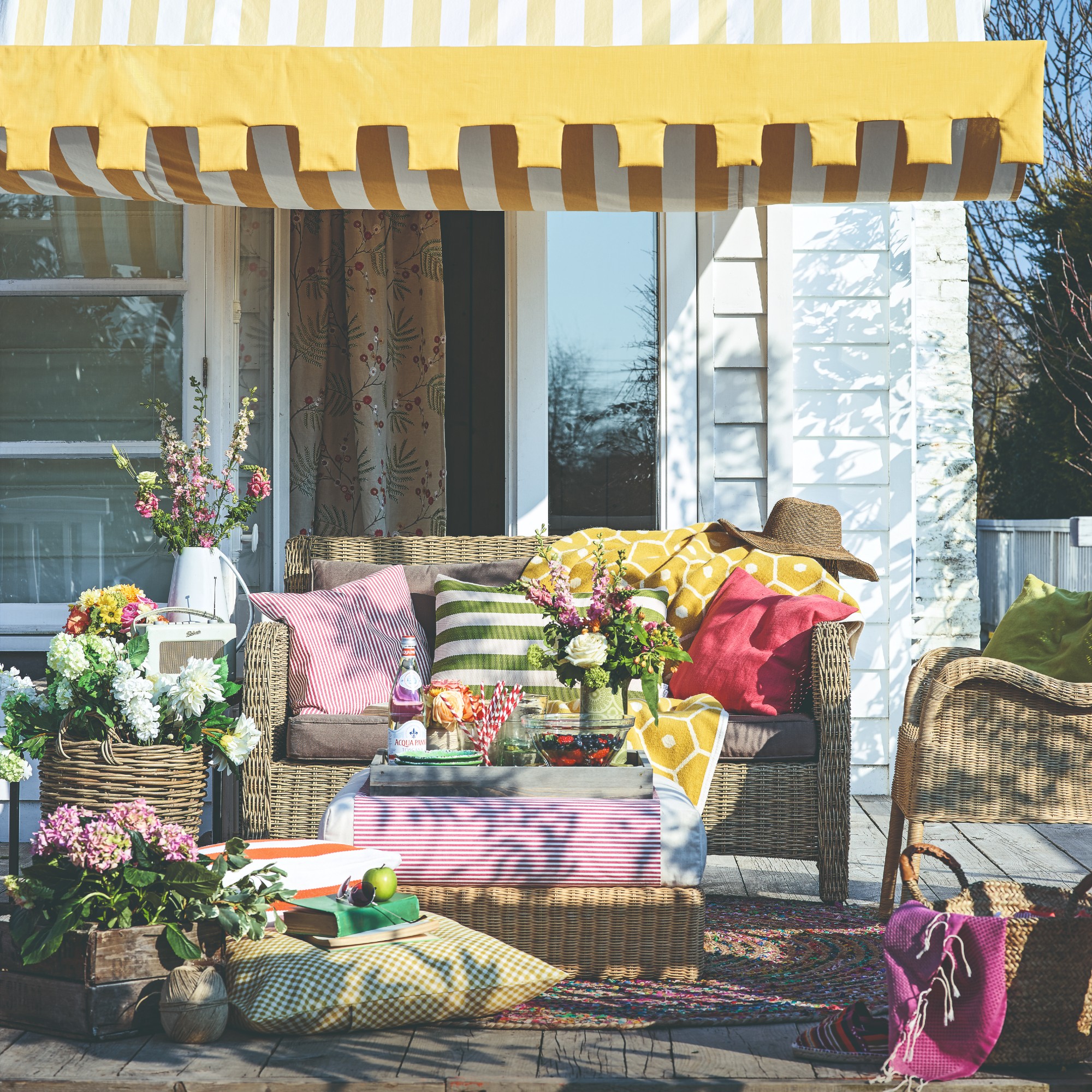
‘Creating balance through feng shui on your patio doesn't require a total garden overhaul. With thoughtful planting, conscious arrangement, and deliberate use of the five elements, even the smallest outdoor space can become a serene and energising sanctuary,’ says David.
Create peace on your patio this summer with Feng Shui. What principles will you adopt?

Kezia Reynolds joined the Ideal Home team as News Writer in September 2024. After graduating from City, University of London in 2022 with a bachelor’s degree in journalism, Kezia kicked off her career spending two years working on women’s weekly magazines. She is always on the lookout for the latest home news, finding you the best deals and trends - so you don’t miss a thing!
You must confirm your public display name before commenting
Please logout and then login again, you will then be prompted to enter your display name.
-
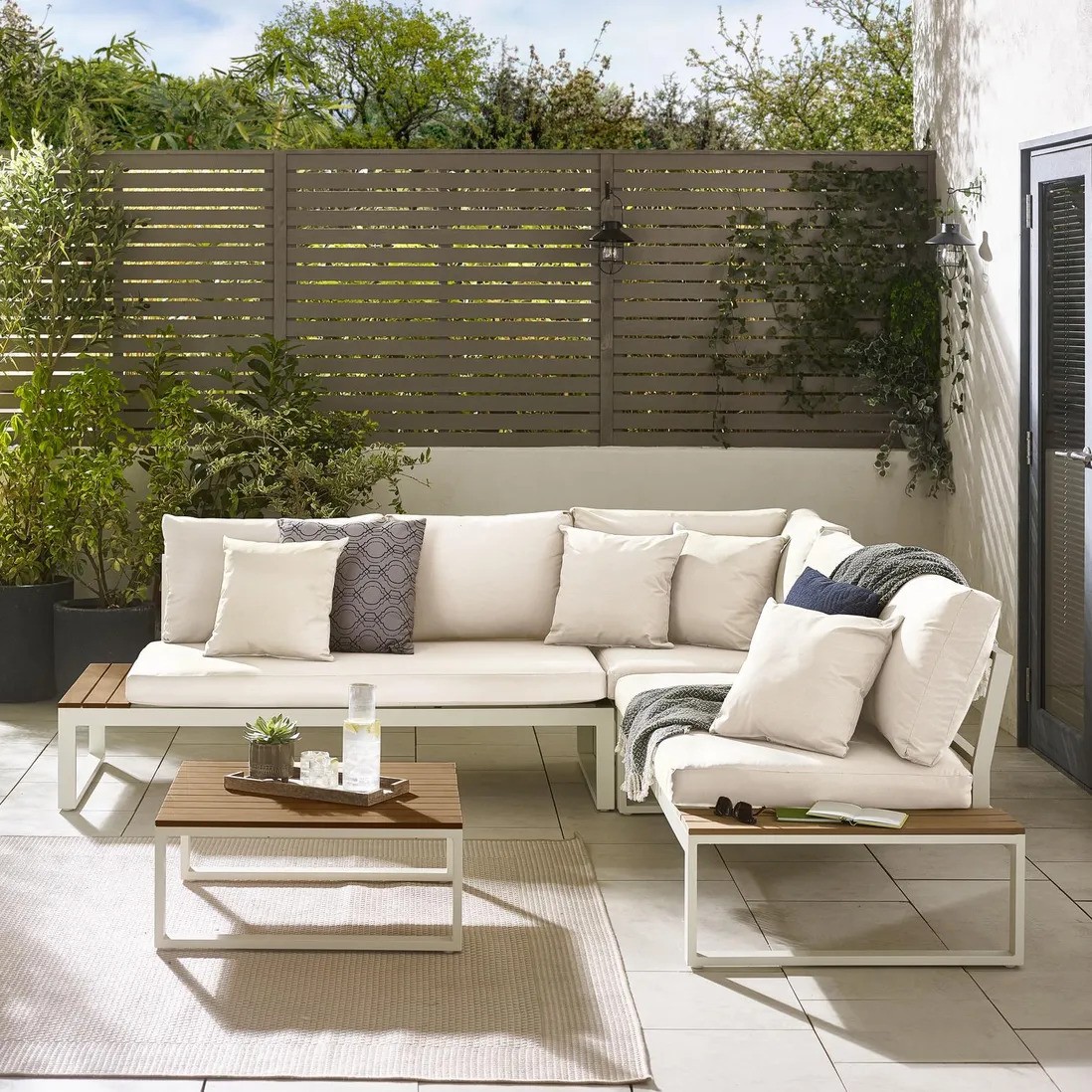 I'm a Homes Editor with expensive taste, but Debenhams just made me do a double-take with this bargain designer-look outdoor sofa
I'm a Homes Editor with expensive taste, but Debenhams just made me do a double-take with this bargain designer-look outdoor sofaThis is the last place I thought I'd find my dream outdoor sofa
By Rebecca Knight
-
 15 ways to add kerb appeal to your home – experts share what really works for a stylish first impression
15 ways to add kerb appeal to your home – experts share what really works for a stylish first impressionMake your home's exterior pop with these ideas
By Jenny McFarlane
-
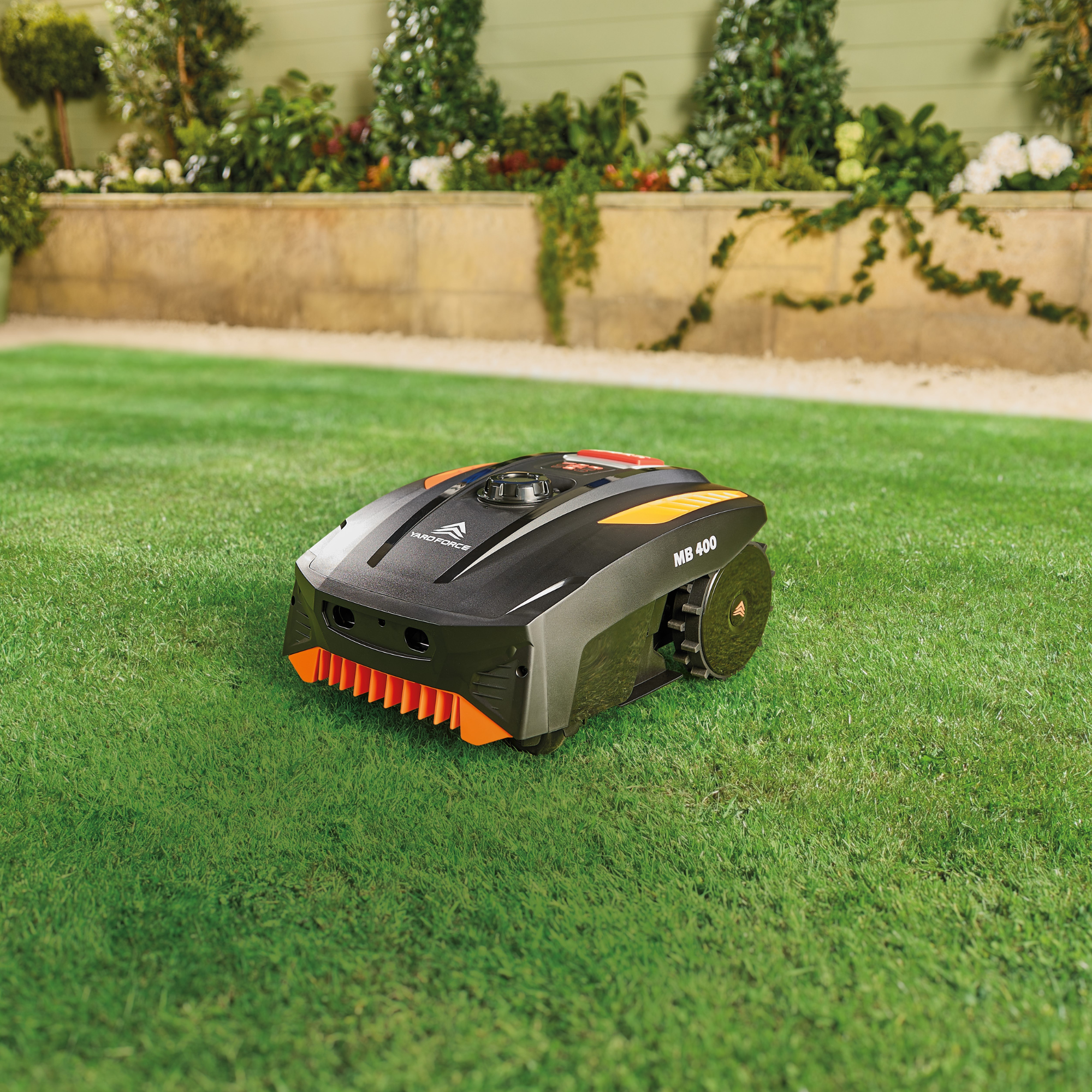 Aldi is selling a robot lawn mower for under £200 - it's one of the cheapest on the market
Aldi is selling a robot lawn mower for under £200 - it's one of the cheapest on the marketI never thought I'd see 'Aldi' and 'robot mower' in the same sentence...
By Kezia Reynolds
